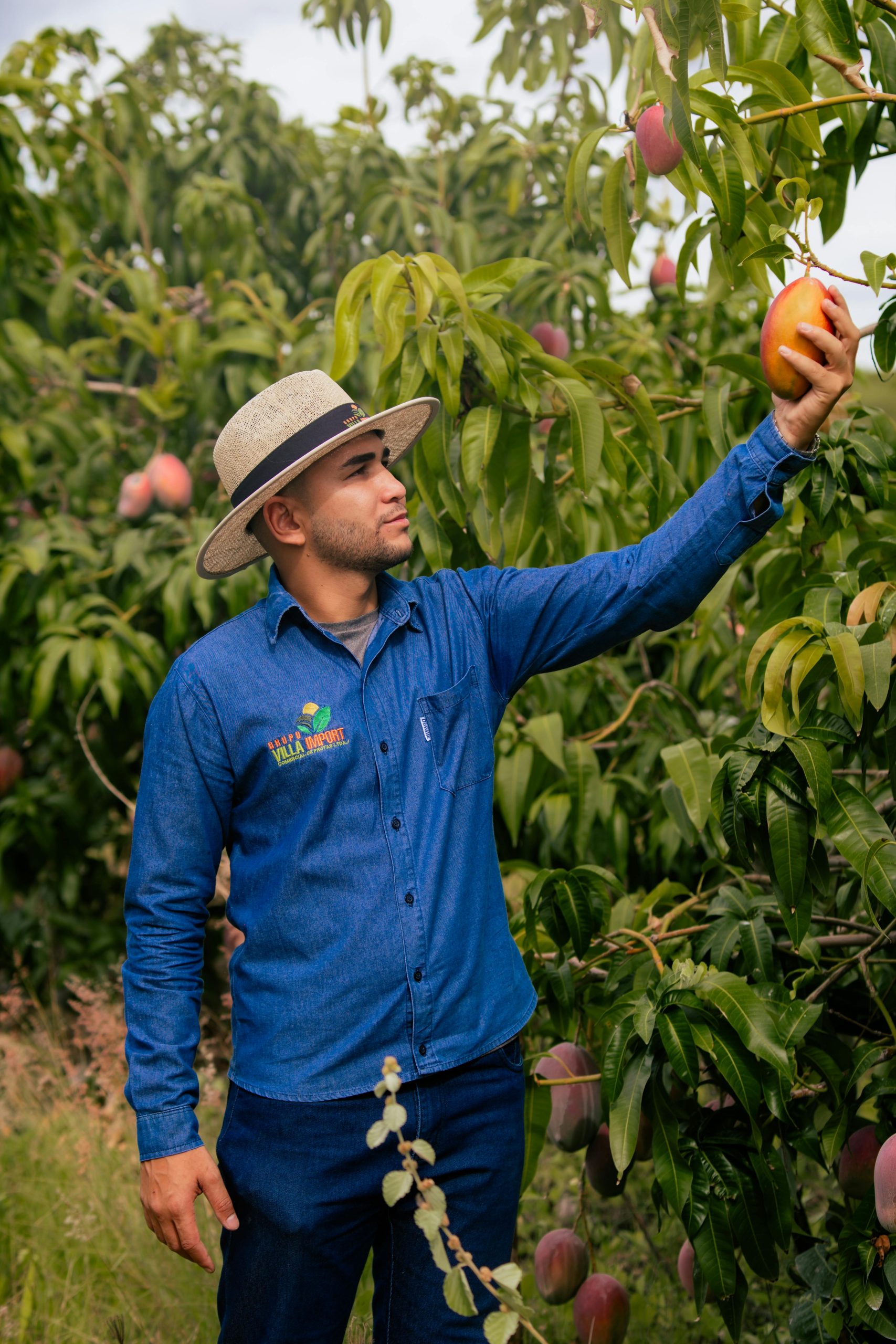
In the verdant and tropical regions of East Africa, a groundbreaking change is underway. Farmers are redefining the vanilla industry by leveraging value addition, thus converting “green gold” into a dependable income source. Through processes like curing, packaging, and producing extracts and powders, East African farmers are maximizing vanilla’s potential, fostering economic empowerment and innovation. This article explores the journey of vanilla in East Africa, detailing how value addition is transforming this simple bean into a lucrative treasure.
The Appeal of Vanilla, A Valuable Crop on the Rise.

Vanilla (Vanilla planifolia) is among the most labor-intensive crops globally, but its high market value justifies the effort. Thanks to its suitable climate and rich soils, East Africa has become a prime location for vanilla farming, with countries such as Uganda, Tanzania, and Kenya producing some of the world’s finest vanilla beans.
So, what makes vanilla exceptional? It stands as the world’s second most expensive spice after saffron and is integral to a range of products, from desserts and ice cream to fragrances and beauty products. However, raw vanilla beans hold little worth without undergoing a detailed curing process to unlock their distinctive aroma and flavor, underscoring the importance of value addition.
Mastering Vanilla Value Addition.
Value addition refers to the enhancement of raw agricultural goods into higher-quality, market-ready products. For vanilla, this involves multiple steps, each significantly increasing the final product’s value. East African farmers are implementing the following methods:
1. Precision in Harvesting: Beans are hand-harvested at full maturity while still green, making timing crucial to ensure quality. Training helps farmers identify the perfect harvest time.
2. The Intricate Curing Process: This laborious endeavor includes blanching, sweating, drying, and conditioning the beans to develop their prized properties, creating a premium product valued on international markets.
3. Innovative Packaging and Branding: Post-curing, beans are sorted, graded, and packaged using advanced methods like vacuum-sealing. Unique branding strategies attract premium buyers, bolstering the reputation of regional varieties, such as the distinct flavors of Ugandan and organic Tanzanian vanilla.
4. Expanding into Extracts and Powders: By producing extracts and powders, farmers diversify their offerings, creating additional revenue sources and reducing dependency on raw bean sales.
Advantages of Vanilla Value Addition.
1. Increased Earnings: Value-added vanilla products can yield prices up to 300% higher than raw beans.
2. Employment Generation: From farming to packaging, the industry generates jobs, benefiting local communities.
3. Global Market Access: High-quality East African vanilla is highly sought after abroad, opening doors to lucrative export opportunities.
4. Sustainability: Vanilla cultivation supports agroforestry and environmental conservation.
5. Boosting Food Security: This crop offers an alternative income stream, decreasing reliance on traditional crops.
Noteworthy Achievements: Impactful Vanilla Farms.
Uganda Vanilla Cooperatives: Farmers in Bundibugyo collaborate to enhance processing and market reach, resulting in higher-quality products and profits.
Organic Vanilla in Tanzania: Kilimanjaro farmers partner with buyers for organic production, benefiting from higher selling prices due to enhanced sustainability practices.
Kenyan Vanilla Enterprises: Innovators in Kenya are creating vanilla-infused items, tapping into niche markets, and increasing profitability both domestically and internationally.
Overcoming the industry challenges.
Despite its potential, the vanilla industry faces several obstacles, such as labor intensity, price volatility, theft, and inadequate infrastructure. Solutions include:

1. Training Programs: Educating farmers on best practices enhances quality and yields.
2. Cooperative Strategies: Collective efforts help reduce risks and enhance market access.
3. Technological Advancements: Tools like solar dryers improve quality and reduce losses.
4. Market Insights: Research helps understand demand trends and establish buyer relationships.
Towards a Promising Future for Vanilla in East Africa.
Driven by rising global demand for natural products, East Africa’s vanilla industry is set for expansion. By embracing value addition, farmers are boosting their income and fostering a sustainable agricultural sector. Vanilla represents an opportunity for young farmers and entrepreneurs to create meaningful change within their communities. As the market for organic and natural products grows, the future of East Africa’s vanilla industry shines brightly.



Value addition